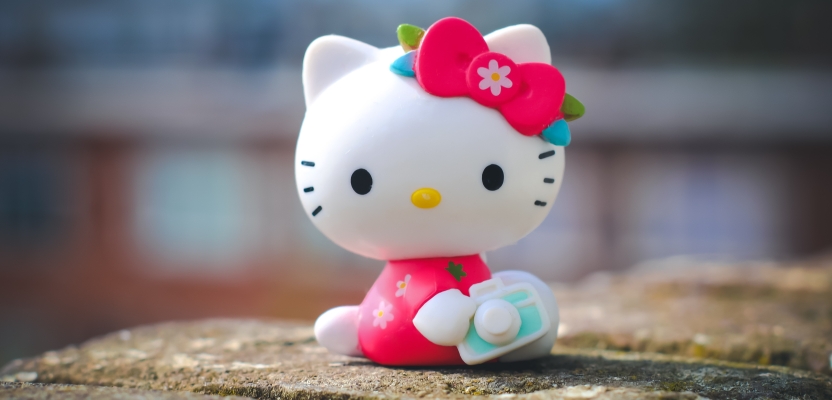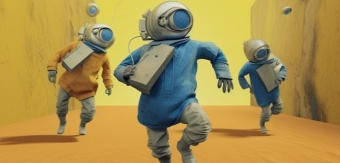Dr Rebecca Rose Stanton, author of ‘The Disneyfication of Animals’ and a Fellow of the Oxford Centre for Animal Ethics, discusses the vilification and celebration of cats in the media and asks why so many of these cats are very un-cat-like.

There are many famous felines – Top Cat, Garfield, Felix are just a few. But can you name one that isn’t anthropomorphised? That’s tougher. Sure, there’s Goose from the MCU, but he’s actually a flerken. If you know Mr Bigglesworth is the name of Dr Evil’s cat, consider making Austin Powers your Mastermind specialist subject. And there’s no point asking Google for the name of the cat from Breakfast at Tiffany’s – it doesn’t have one.
Basically, despite the prevalence of cats in the human world, famous cats in popular culture are almost always anthropomorphised. Consider Hello Kitty. This waving white cat is everywhere. Just like real cats. But Hello Kitty doesn’t have that much in common with real house cats: she is bipedal, wears clothes, and is clawless.
The intense anthropomorphism of cats in the media is not the case for other popular species. If you had to name a famous dog, it’s likely you’ll choose one from movies or TV, but the chances are you’ll go for Lassie, Toto or Rin Tin Tin rather than straight to Scooby Doo or Deputy Dawg. Famous horses? Black Beauty, Silver and Champion – all fictional but all created as real (albeit exceptional) horses.
This makes perfect sense when we consider that species such as dogs and horses have been selectively bred over thousands of years to look and act exactly as humans want them to.
Cats are different
Dogs have been repeatedly adapted by humanity to suit our, and our ancestors’, tastes. That’s why we often see dogs behaving naturally in films and on television. Cats are slightly different in this respect. Yes, house cats have evolved alongside humans, but in a different way from dogs and horses.
For example, whilst dogs were welcomed into human homes to provide protection, and, later, companionship, cats were often kept outside the home so that they could keep rodents away from food stores. Therefore, humans selectively bred dogs to suit the home, which they didn’t do with cats. Secondly, unlike almost all other domesticated species, cats are out-and-out carnivores.
As such, they possess an overwhelming instinct to hunt, which is why they spend much of their time chasing and killing smaller animals, a practice that most humans cannot relate to. This is again why cat behaviour differs from the likes of dogs and horses.
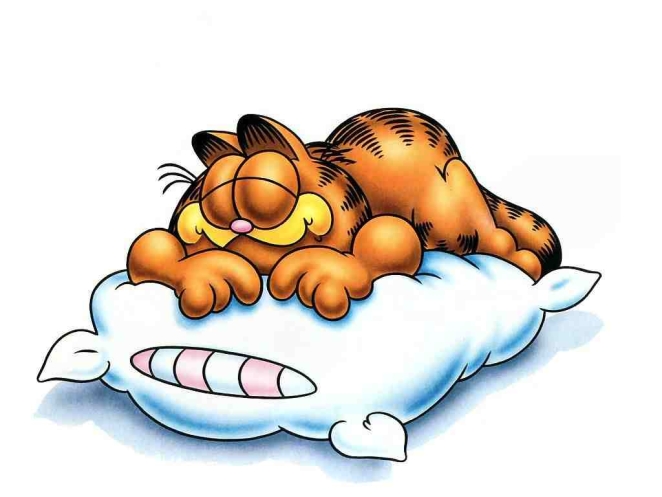
These points highlight why the world’s most famous cats are all anthropomorphised, yet famous dogs are a mix of real and anthropomorphised. Essentially it is because there are certain animalistic behaviours in cats that humans dislike and wish to temper.
Animation, merchandise, and many other areas of popular culture reflect the world that humans want, rather than what is accurate. This is why Hello Kitty, a heavily anthropomorphised animated cat, commands the popularity she does. This is also why in the media, pro-social animals only exhibit certain behaviours, such as a dog catching a ball, yet rarely other behaviours, such as dogs mating.
The ball catching is anthropomorphised; the mating is animalistic. Therefore, humans prefer the dog catching the ball for the same reason that they prefer Hello Kitty over a real cat.
Pro and anti-social
Hello Kitty, Top Cat, and Garfield are examples of how cats are commonly characterised as pro-social. However, there are countless numbers of anti-social cats depicted in the media too.
The difference between the two is almost always in their anthropomorphism, appearance, and behaviour. For example, cats like Hello Kitty do not scratch or hiss (in most cases, they do not even seem to have claws), whereas antagonistic cats, such as Tom in Tom and Jerry, often do.
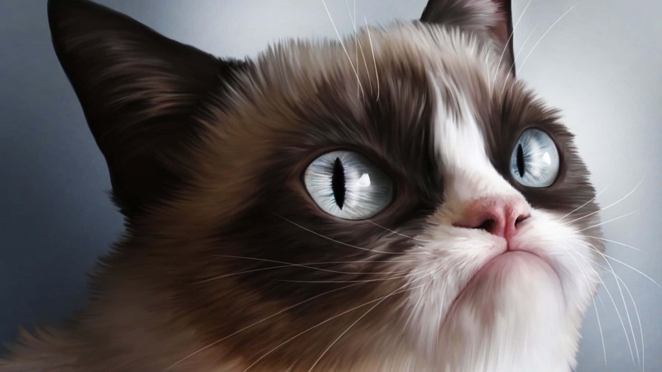
Anti-social cats often don’t wear clothes, speak English, or walk on two legs. What this means, however, is that anti-social cats are usually more cat-like than their pro-social counterparts. This point isn’t just true of cats and can be seen with several other species in the media too.
For example, in animation, antagonistic animals are often non-anthropomorphised rodents, reptiles, and other wild, frequently carnivorous species. They often exhibit behaviours that are natural to these animals, such as biting, hissing, or scratching, which are presented in an anti-social way. In contrast, pro-social animal characters tend to be highly anthropomorphised species that viewers are familiar with, such as dogs, exhibiting human-like behaviours.
Therefore, despite the popularity of cats in human culture, it is not enough for a cat just to be a cat, our entertainment media requires it to also shed its more animalistic traits for humans to be sure to like it, as is evident with Hello Kitty, Top Cat, Felix the Cat and so on.
Consequences
The closer a fictional cat is to a real cat, the more likely it is associated with villainy. Ask someone to mime a Bond villain, and they will almost certainly pretend to stroke a cat. However, whilst the association of cats with villainy is sometimes comic in nature, it is believed to have serious consequences for real cats.
For example, cats are frequently victims of domestic animal harm. Furthermore, specific types of cats are vilified more than others. For instance, it is well documented that black cats are less likely to be adopted from animal shelters, perhaps because of the common pairing of black cats and witches in the media.
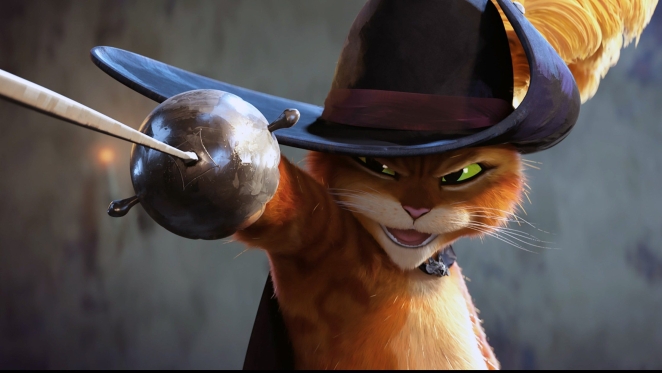
Therefore, even though negative depictions of cats are often set in fictional worlds, they are exclusively consumed by those who live in this world, a world that is home to millions of real and very cat-like cats.
However, there is hope. Puss in Boots from the Shrek series has both pro and anti-social qualities, and he has had three spin-off movies due to his phenomenal popularity. As a cat character, he doesn’t fit comfortably into either the hero or villain role, suggesting that the next generation might prefer a more nuanced portrayal of such animals.
Pub quiz bonus
The cat in Breakfast at Tiffany’s was played by Orangey, and he also worked with Alfred Hitchcock, Adam West’s Batman, and the Mission Impossible team.

